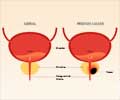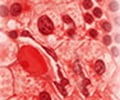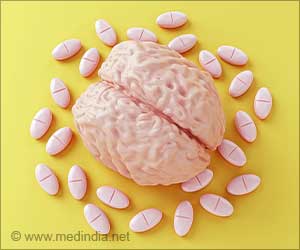A team of researchers at the Novo Nordisk Foundation Center, Copenhagen will work to understand the production of lactate by cancer cells.

Professor Nielson together with a team of researchers at the Novo Nordisk Foundation Center for Biosustainability in Copenhagen will work to understand why cancer cells and other fast-growing cells produce lactate. This could lead to better and cheaper cancer therapies.
“This fellowship is granted to outstanding scientists undertaking groundbreaking biomedicine and biotechnology research, and is one of only two such competitive grants awarded worldwide each year”, Professor Høj said.
Professor Nielsen hopes to build a detailed model of how cancer cells and other fast-growing cells produce lactic acid, an observation first made by German biochemist Otto Warburg in 1924.
“Ultimately we are trying to understand the molecular and metabolic differences between cancer cells and healthy cells. The same principles of protein expression and enzyme mechanism apply to non-growing cells, such as fat and liver cells, and our model may have even greater application to metabolic diseases, such as diabetes”, Professor Nielsen said.
Professor Nielsen’s work in modelling complex biological systems has been applied to systems as diverse as bacteria, baker's yeast, sugarcane and insects. Research partnerships with companies including Dow, Metabolix, Amyris, LanzaTech, Boeing, Virgin Australia and General Electric would be an additional support.
Advertisement














